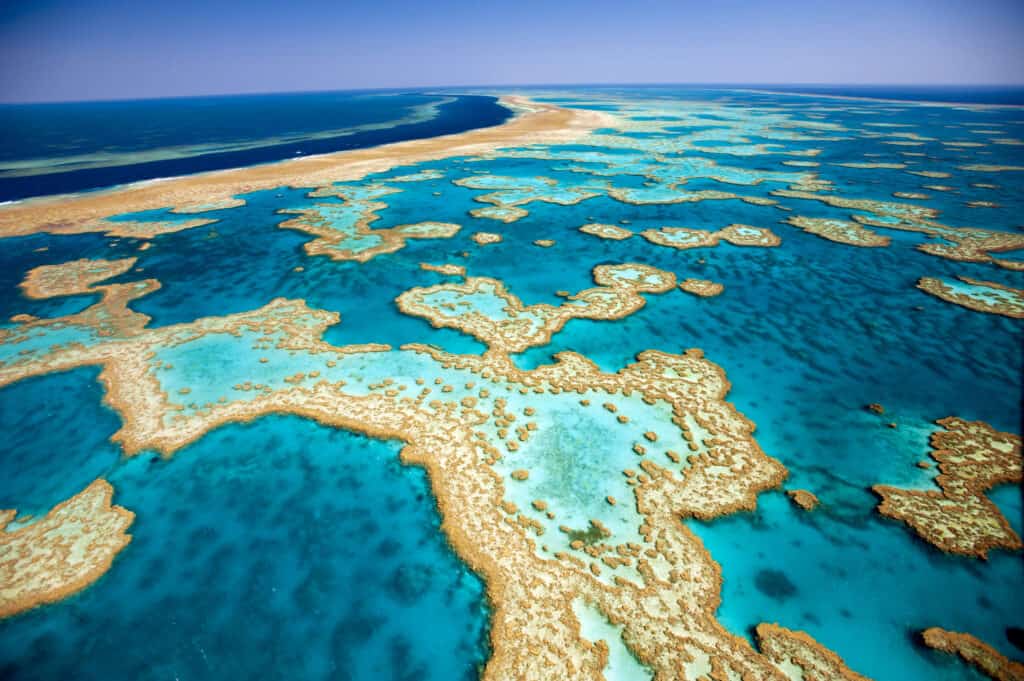Posts by wwfedm
Flood Governance: from “Taming the Floods” to “Managing the Risks”
Missaka Hettiarachchi, WWF Senior Fellow, will analyze the past century of conventional flood management projects in Colombo, Sri Lanka, highlighting the governance process which enabled this conventional flood management approach to continue, despite repeated failure. He will also discuss the Flood Green Guide. Find out more.
Read MoreBuild Back Safer – GRRT Introduction
As communities rebuild from natural disasters, it’s important for them to seek ways to become stronger and more resilient. And environmental issues are a critical element of a safer recovery. Together, WWF and the American Red Cross developed a training toolkit to support communities hit by disasters.
Read MoreWWF Fuller Symposium 2016 2 degrees later: Resilience in a changing world
Natural Solutions
Protected areas are an essential part of the global response to climate change. They are helping address the cause of climate change by reducing greenhouse gas emissions. They are helping society cope with climate change impacts by maintaining essential services upon which people depend. Without them, the challenges would be even greater, and their strengthening will…
Read MoreFiji communities begin rebuilding
Resources and Support Related to the Environment and Disaster Management
The new World Wildlife Fund (WWF) Environment and Disaster Management (EDM) site brings together several of our programs–the Green Recovery and Reconstruction Training Toolkit (GRRT), the Flood Green Guide, and Green Recovery Connect–into one easy to navigate platform. Access to related resources, training materials, and news features provide a snapshot of what is happening around…
Read MoreRiver Gravel/Boulders
Types of use: concrete, random rubble masonry, aggregate base concrete (ABC), road base, manufacturing sand, asphalt Environmental Impacts: Extraction Erosion of channel bed and banks, increase in channel slope, and change in channel morphology. These impacts may cause: the undercutting and collapse of river banks the loss of adjacent land and/or structures upstream erosion downstream erosion…
Read MoreRiver Sand
Types of use: concrete, cement, mortar, plaster, as a bedding material, asphalt Environmental Impacts: Extraction Erosion of channel bed and banks, increase in channel slope, and change in channel morphology. These impacts may cause: the undercutting and collapse of river banks the loss of adjacent land and/or structures upstream erosion downstream erosion downstream changes in patterns…
Read MoreGeneral Construction Materials
This section covers: River sand River gravel/boulders Quarried Rock Cement Key Resources for Typical Construction Materials: Environmental, Health, and Safety Guidelines for Construction Materials Extraction – International Finance Corporation (IFC) Sand, Rarer than One Thinks – Global Environmental Alert Service, UNEP Construction Site Best Management Practice (BMP) – California Department of Transport Standards for Material Handling,…
Read MoreGRRT: Rebuilding Stronger, Safer, Environmentally Sustainable Communities after Disasters
Woodrow Wilson Center Environmental Change and Security Program panel discussion on November 19, 2010. On November 19, 2010, the Green Recovery and Reconstruction Training Toolkit was launched at the Woodrow Wilson Center for Scholars in Washington, DC. Panel speakers from U.S. government, academic, and NGO institutions discussed the challenges and opportunities facing the integration of…
Read More






